Although languages and borders understandably divide the market, I have been very impressed to see the scale at which interaction design is being practised in Latin America and South America. For example, the IxDA's regional conference there now exceeds their global conference in size, and Touchpoint sees increasingly more submissions from these regions. How would you characterise the practice of service design in Brazil, in comparison to Europe and North America?
South America, as a region, is very much divided. Besides the continental proportions, we have, as you’ve mentioned, a language barrier that sets Brazil apart from the rest of the countries (we speak Portuguese, almost all other countries use Spanish). So, unfortunately, real integration is still far from occurring – even though IxDA’s regional conference is a landmark, and one of the best movements in this direction.
Although we have many huge corporations in the region, the current state of service delivery, in general, still feels very much behind Europe and the United States. We do have some sectors that are global benchmarks, such as financial services and beverages, but that’s not usually the case. So, while in our studios in Europe talk about ‘humanising services’, over here we are still doing many projects that focus on plain ‘digital transformation’. It is more common to see organisations still running to catch up to a new market benchmark set by someone else, rather than actually pushing a service agenda forward. The good news is that we feel we are able to help companies become digital by having a client obsession embedded from the start, instead of adding that element once they’re already there.
We’ve also seen a keen interest by companies to have internal capabilities to deliver on service design instead of only hiring projects from agencies like ours. Therefore, we have been doing many projects to help define a strategy for service design and to build capability through method development and training. This movement has been happening from the day we opened our São Paulo studio, so we’ve been helping many organisations to have their own ‘Livework operation’.
I’m interested to learn a little more about what it’s like to pioneer service design in a market where it’s mostly unknown, and how to make a success of it. Looking back to your early days, what was it that helped you establish yourselves, and establish the value of service design? Are there techniques or advice can you share with service designers today who are playing similarly pioneering roles in places such as Eastern Europe, Africa, Southeast Asia and India?
We began with training, organising events and talking about design in general. Before we became Livework, we used the few projects we had in our track record, as well as cases by renowned agencies (such as Livework) to explain the benefits of service design. Our urgency was to generate awareness to convince potential clients of what we could do, while also building a community around service design so that other people would talk about it as well. Back in 2010, I don’t know how, but we had a ‘Ning’ community called ‘Service Design BR’ with more than two thousand people that were curious about the subject. I’m not sure where all those people are now, but I’m pretty sure we did make some noise back then, to start building momentum.
Connecting with our peers overseas and participating in the global community was also very important. I was fortunate to go to the first SDN conference in Amsterdam, and since everyone is very open, I made good friends with people that are now central to the community. Chatting with them virtually or in person always brought insights to the work we were developing in Brazil.
Lastly, I would say that practising is an essential thing in the beginning. Having your work to show, getting acquainted with tools and learning to create new ones on the go is what makes you more confident to work on more important jobs, once you get them. Seeking to create impact, even if it’s small at first, and getting your hands dirty with passion for what you do is truly the secret sauce. This last part is such a cliché that I’m ashamed of having said it. However, it is absolutely real!



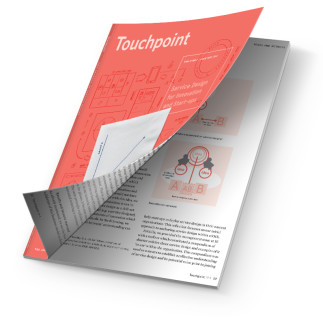
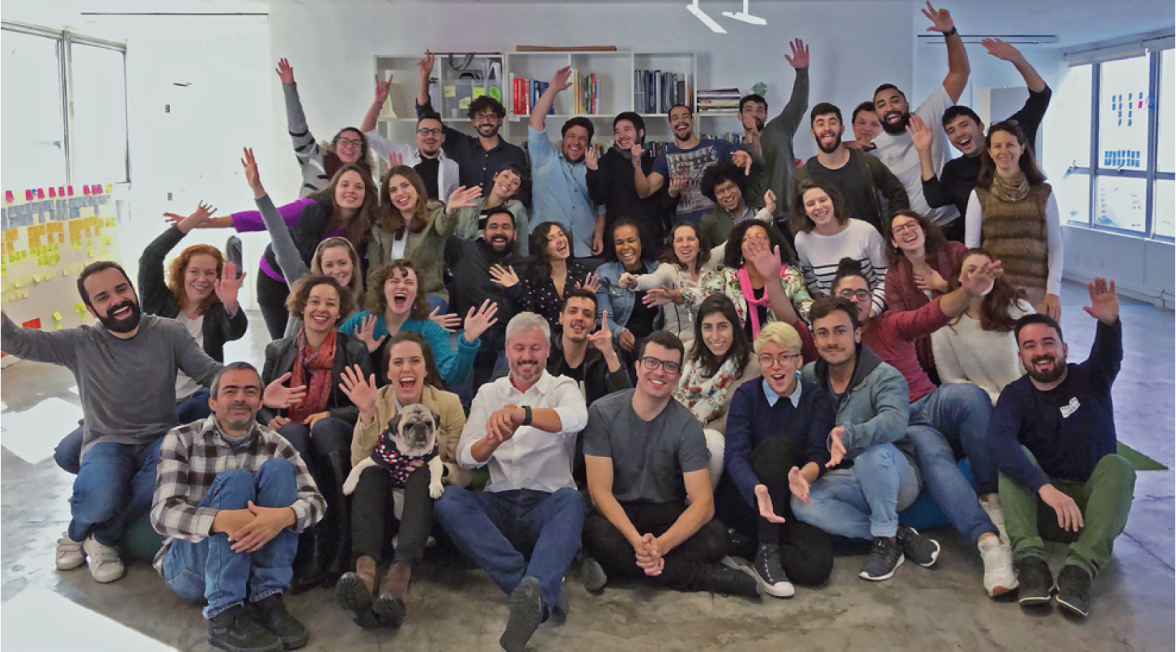

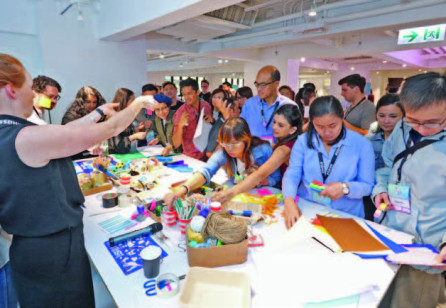
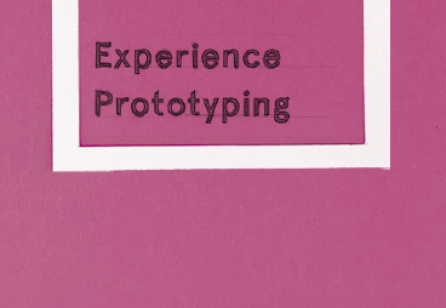
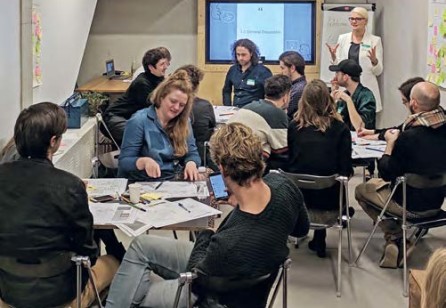

Share your thoughts
0 RepliesPlease login to comment